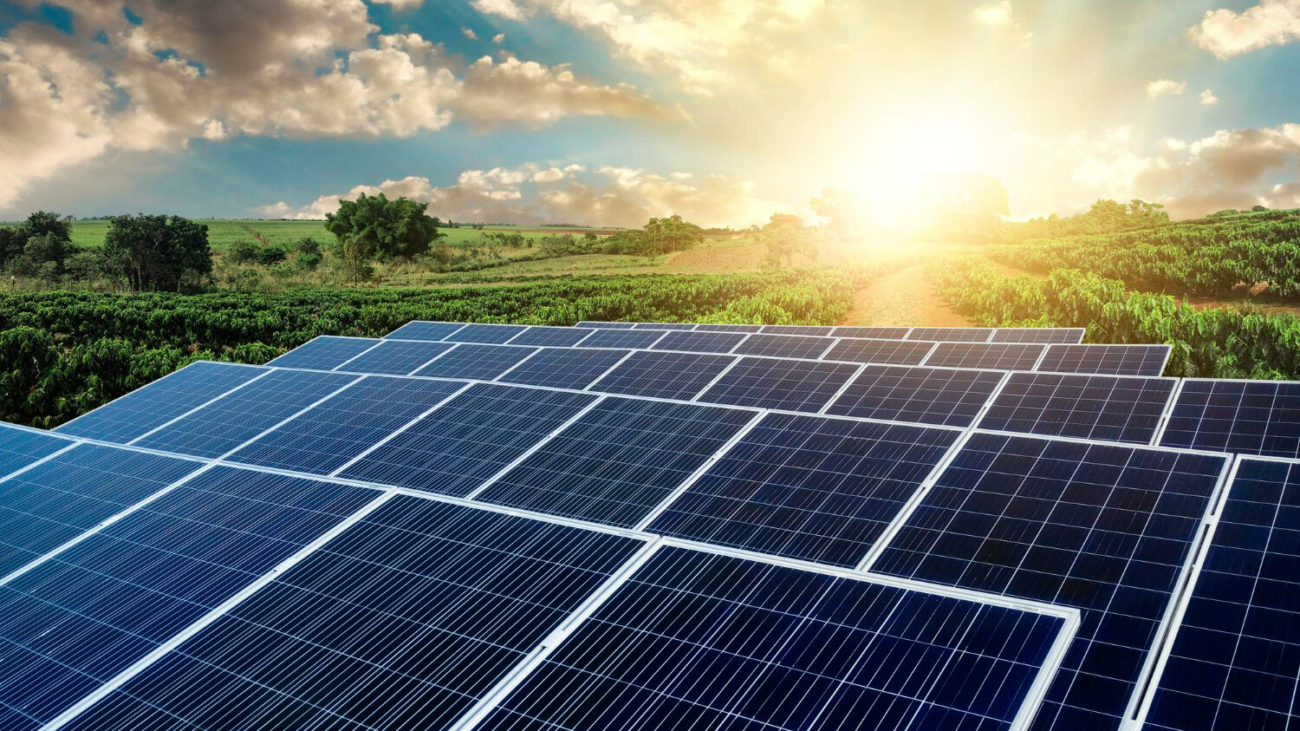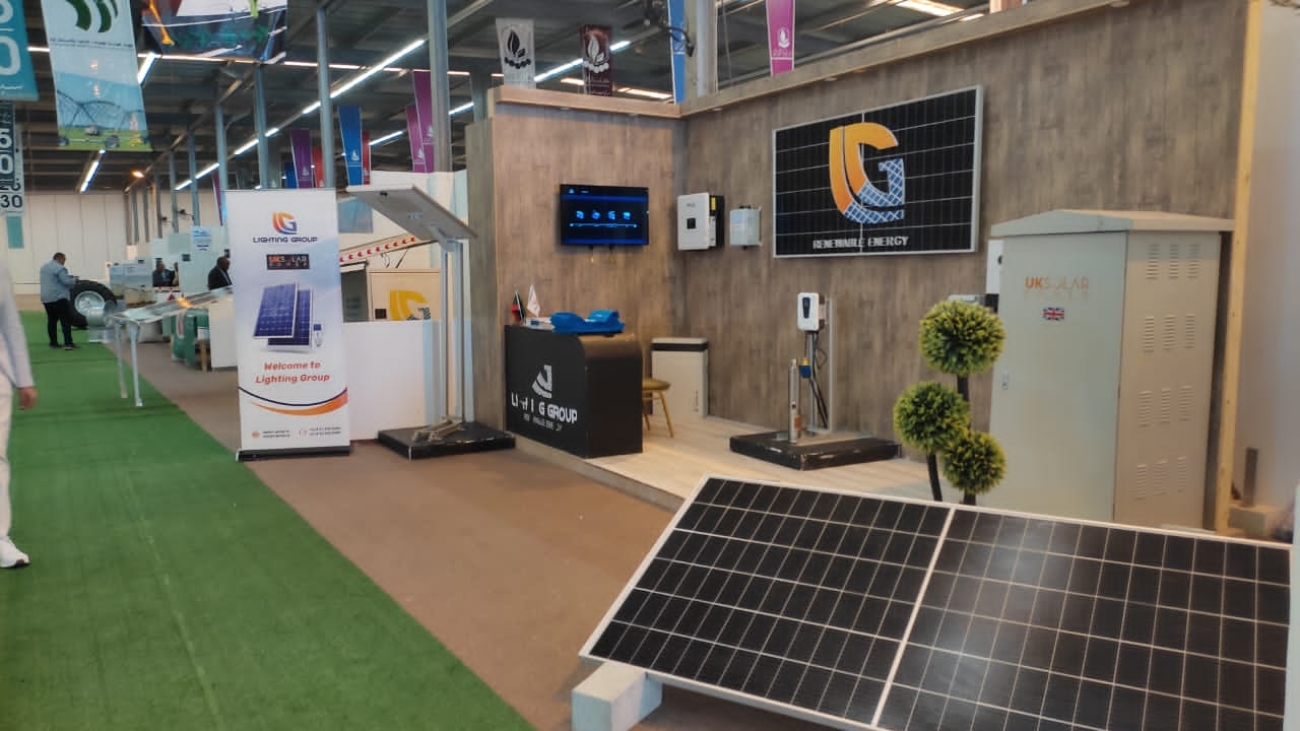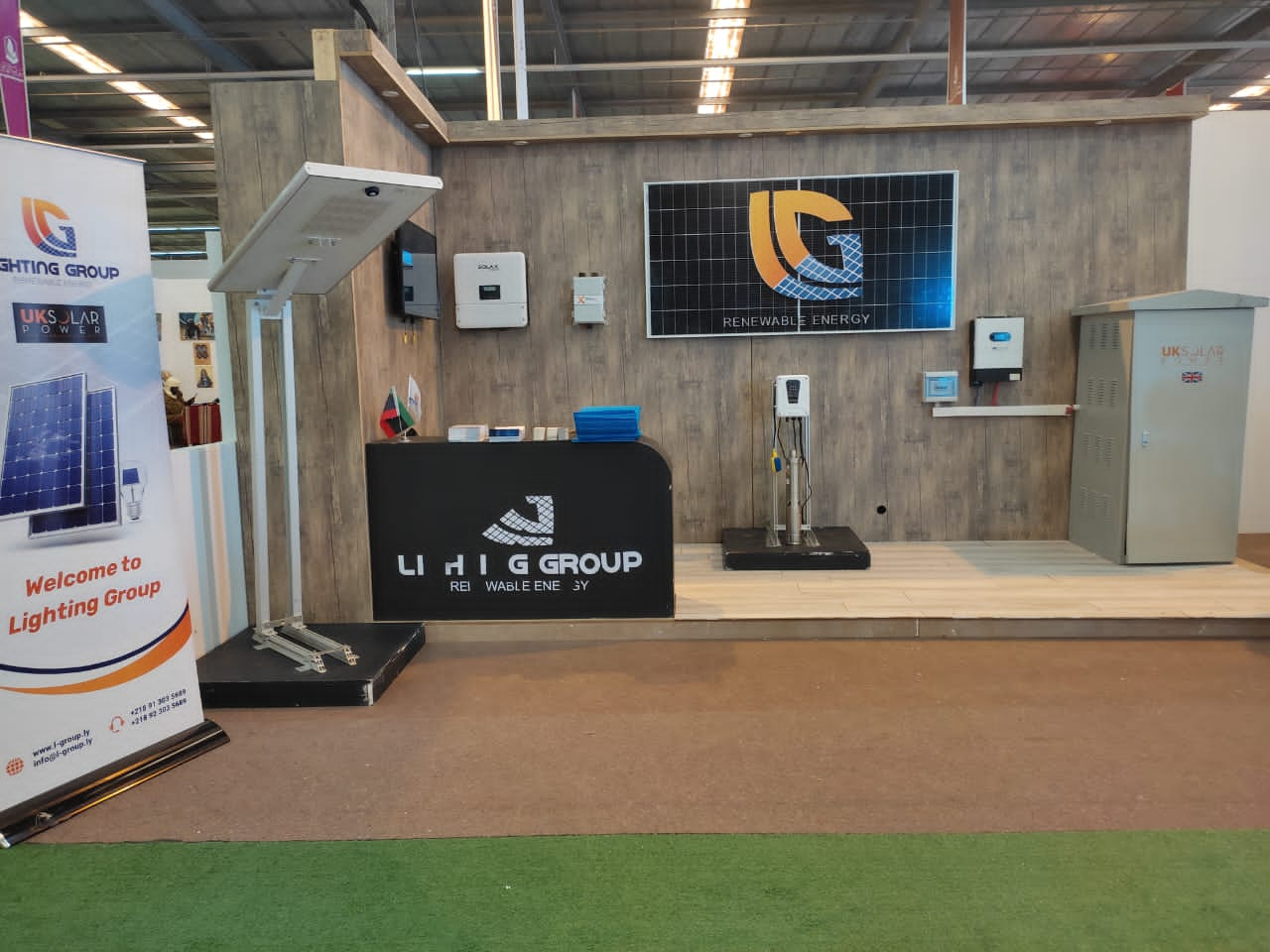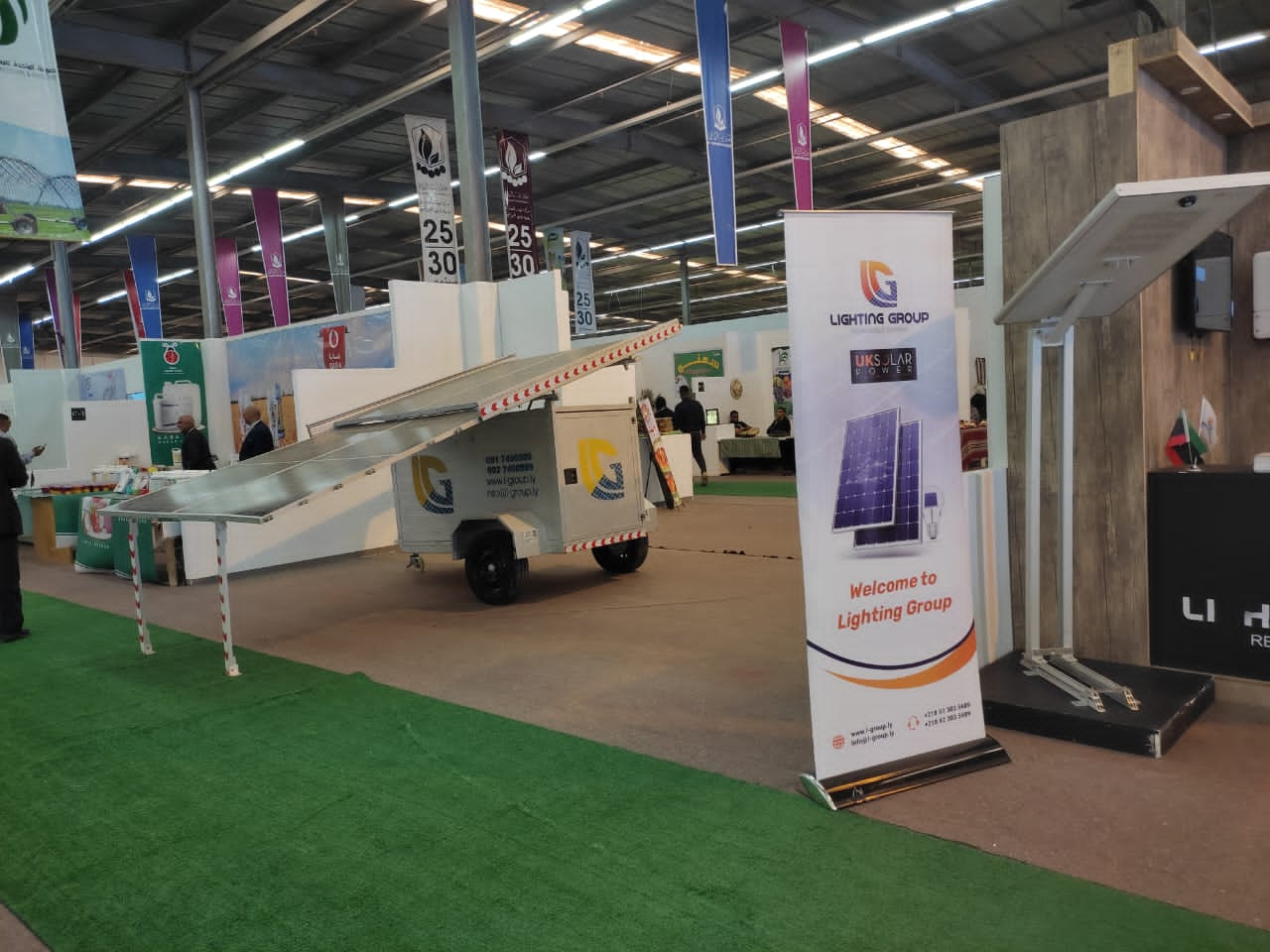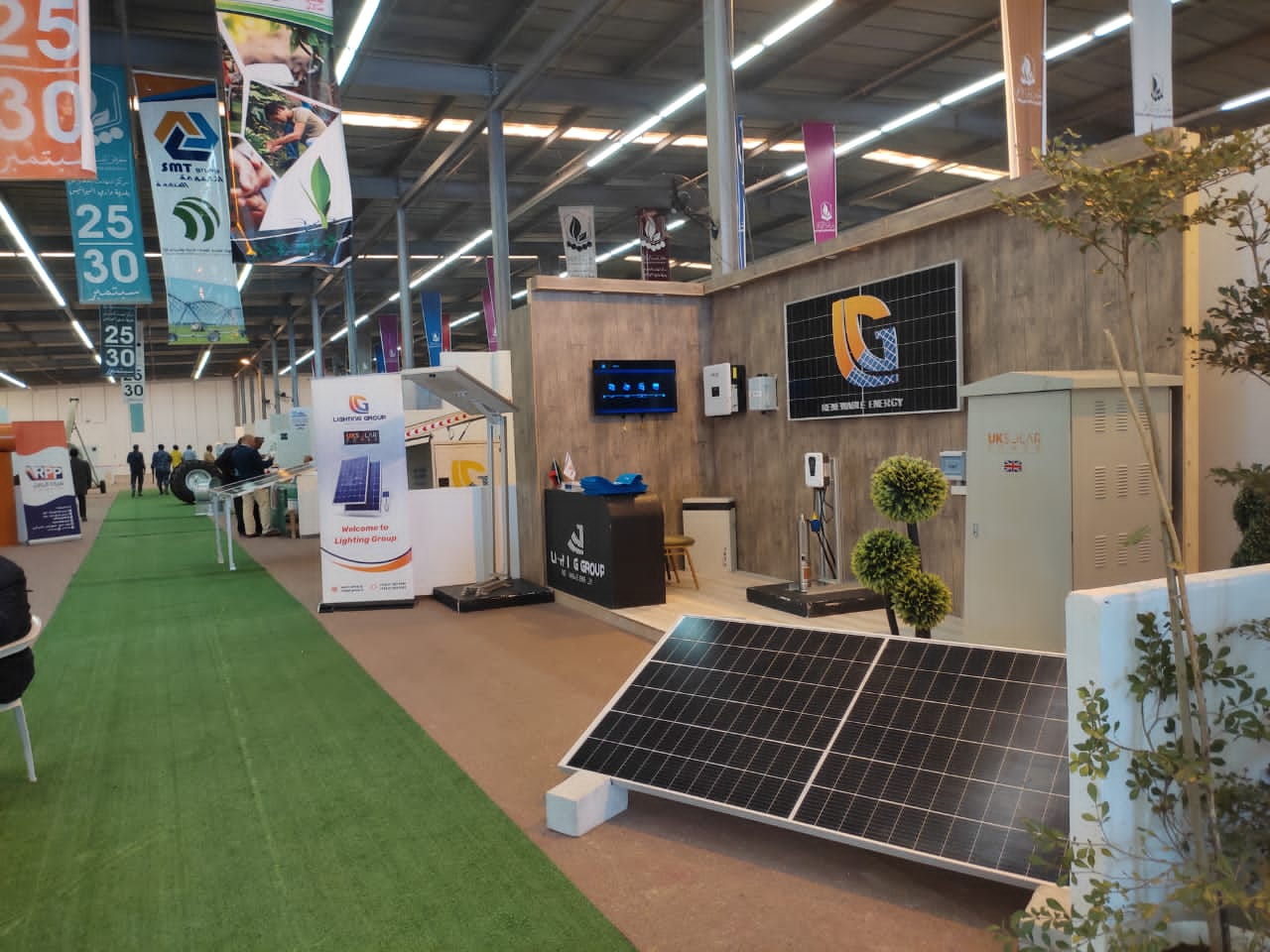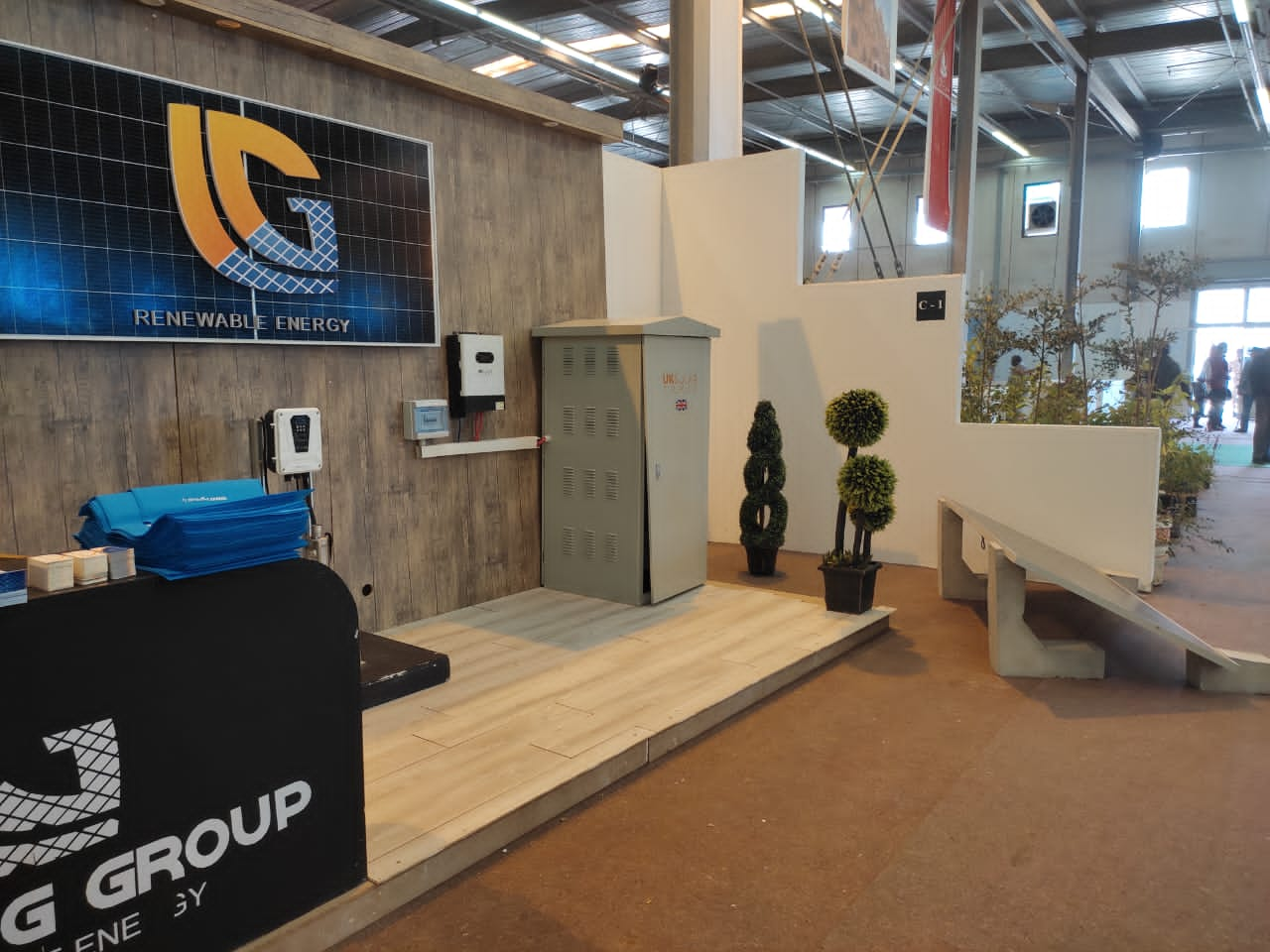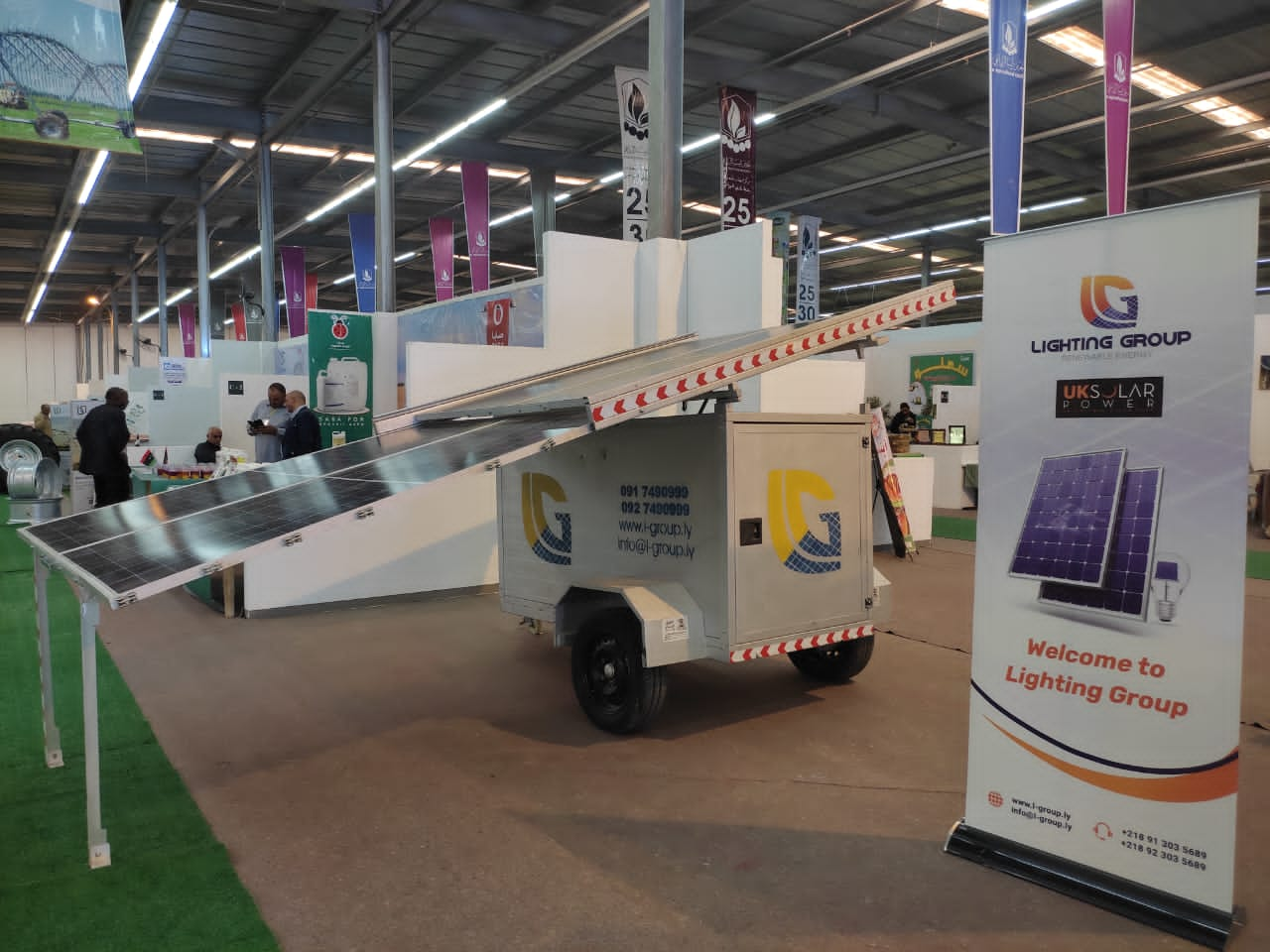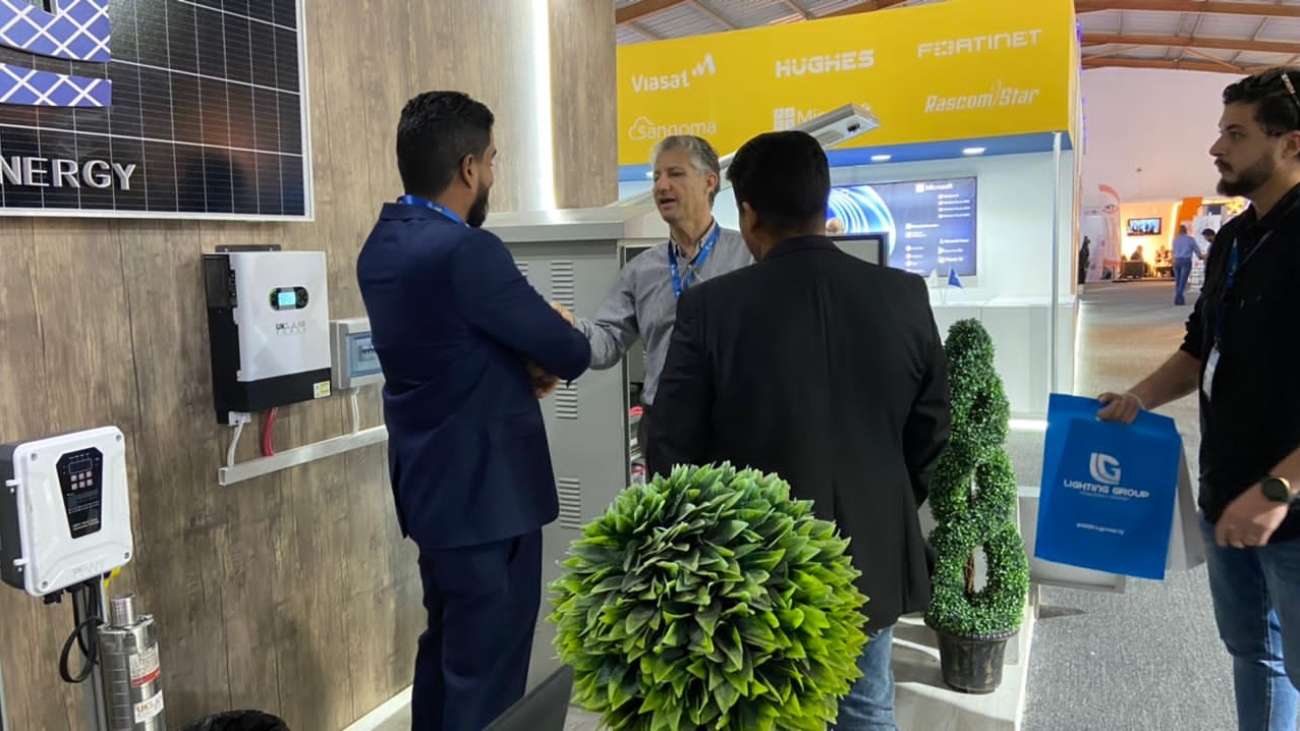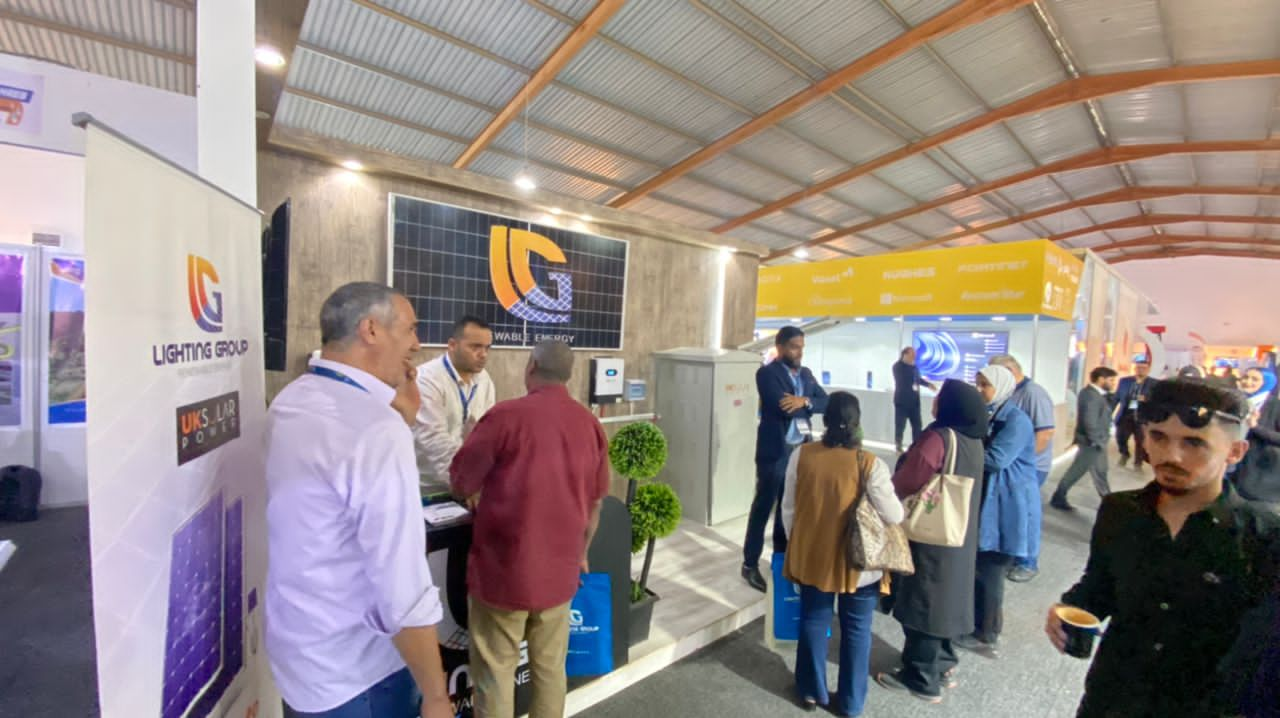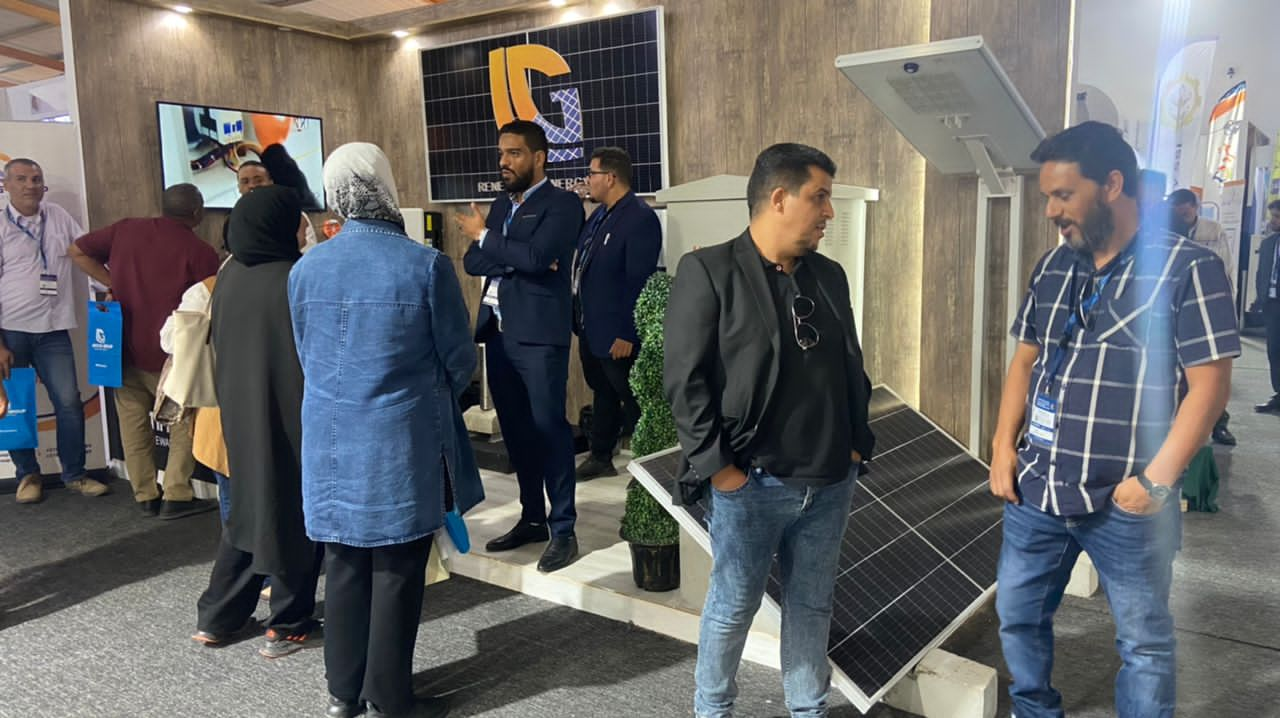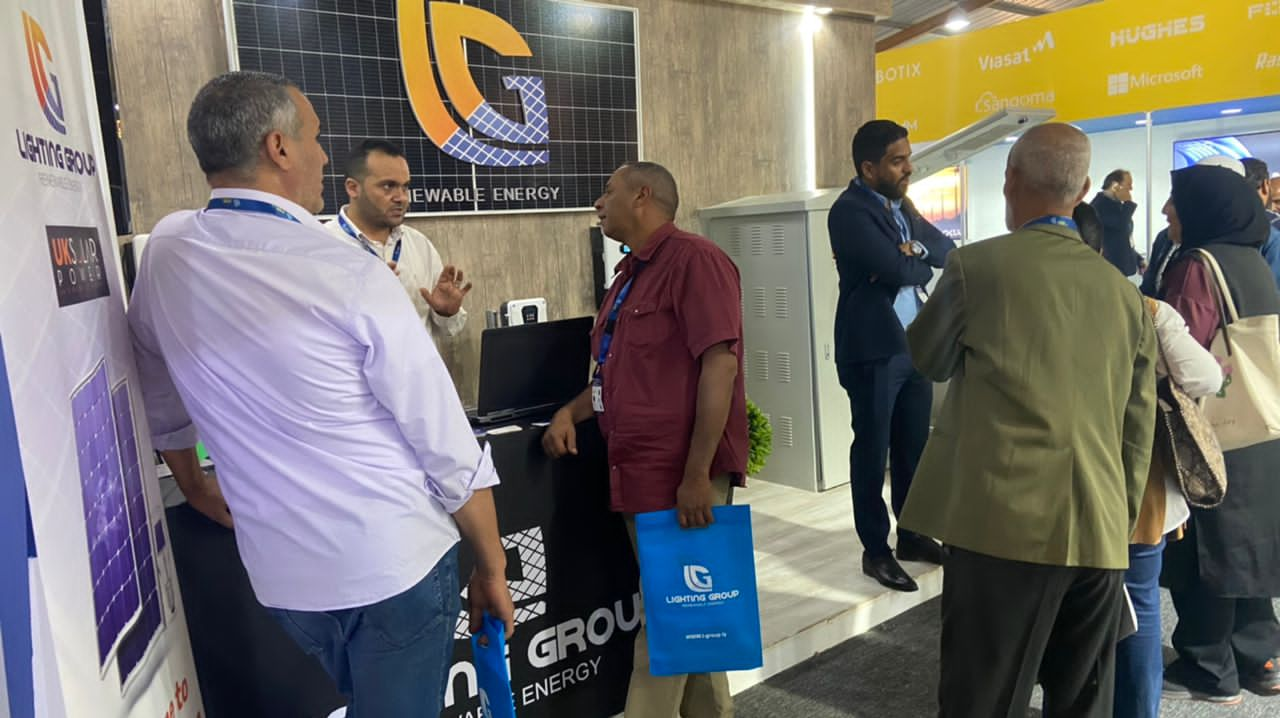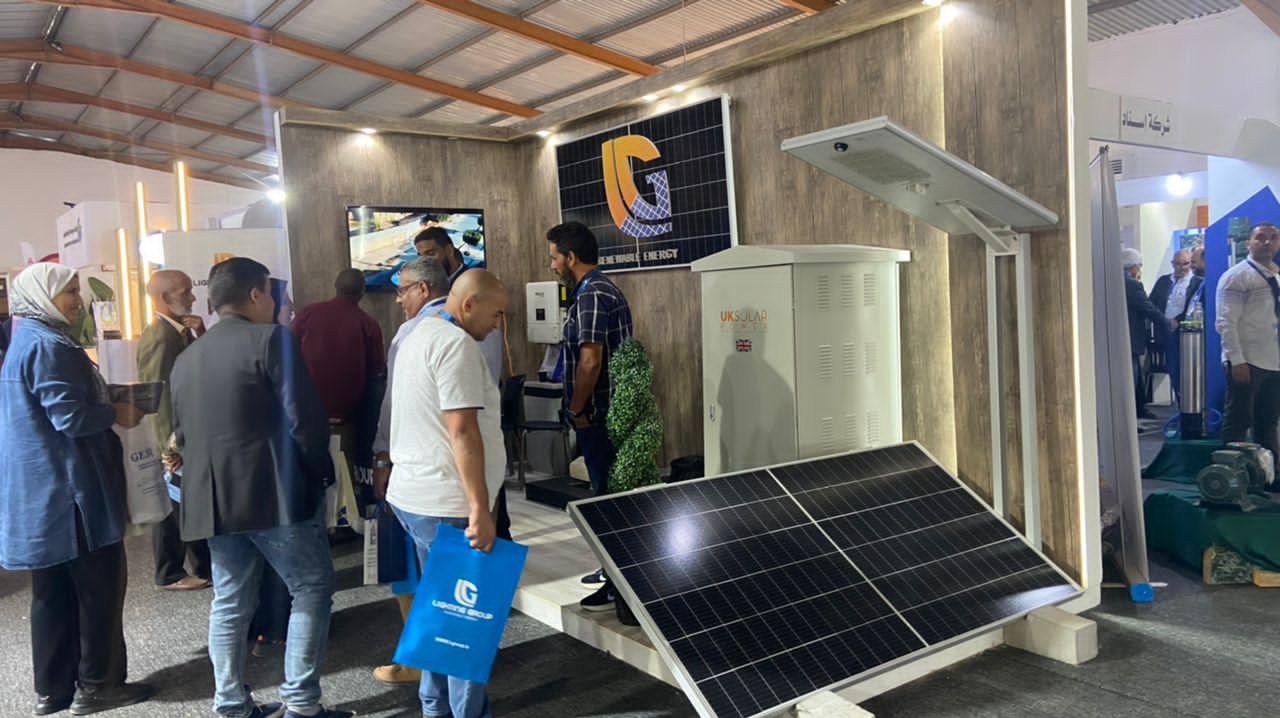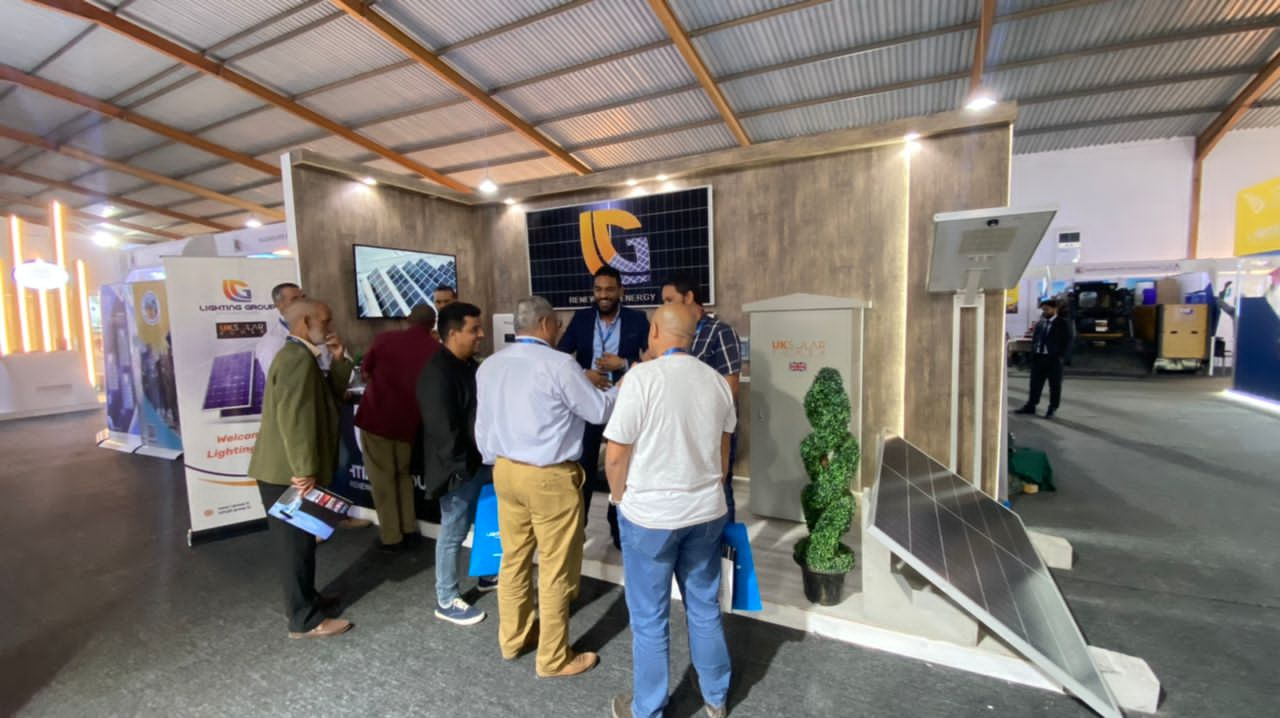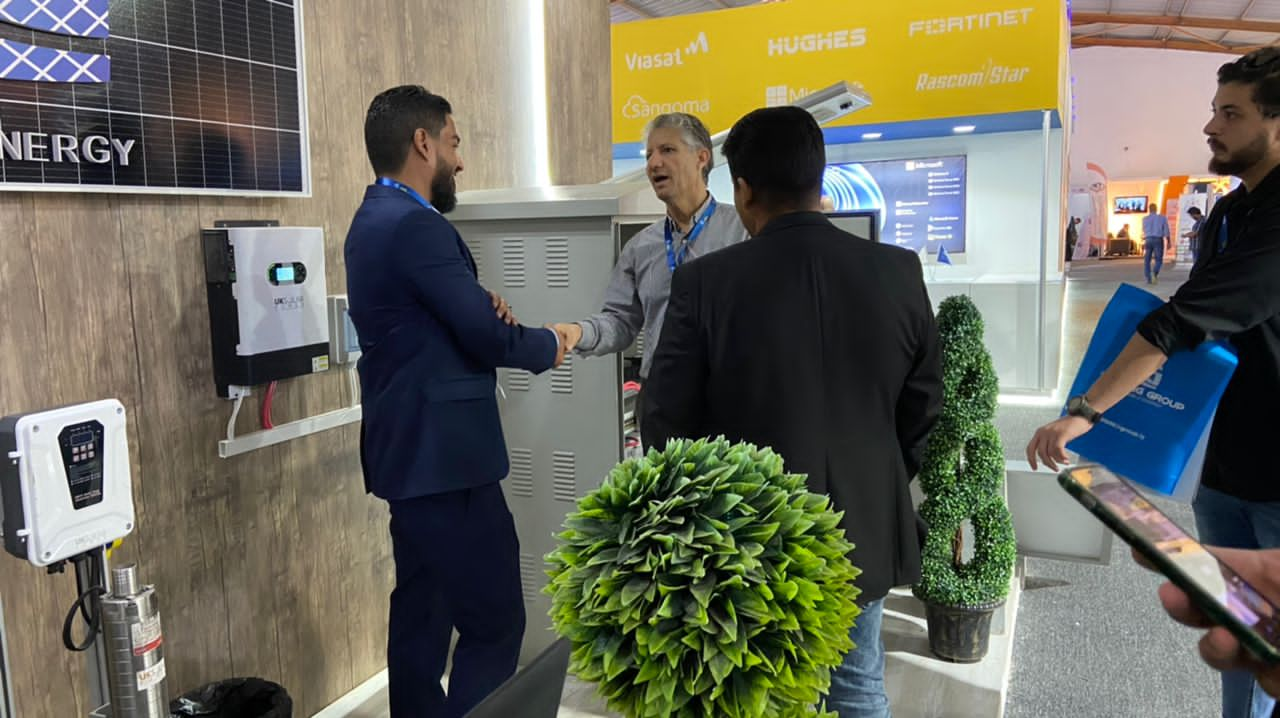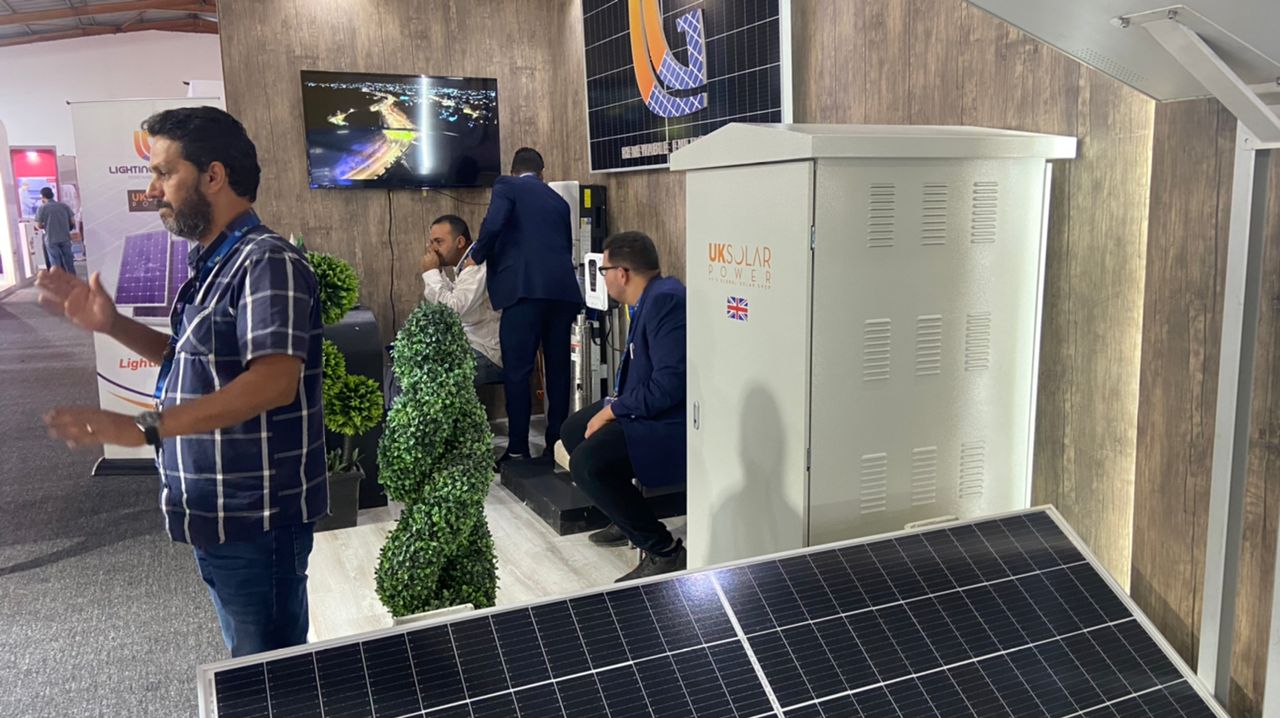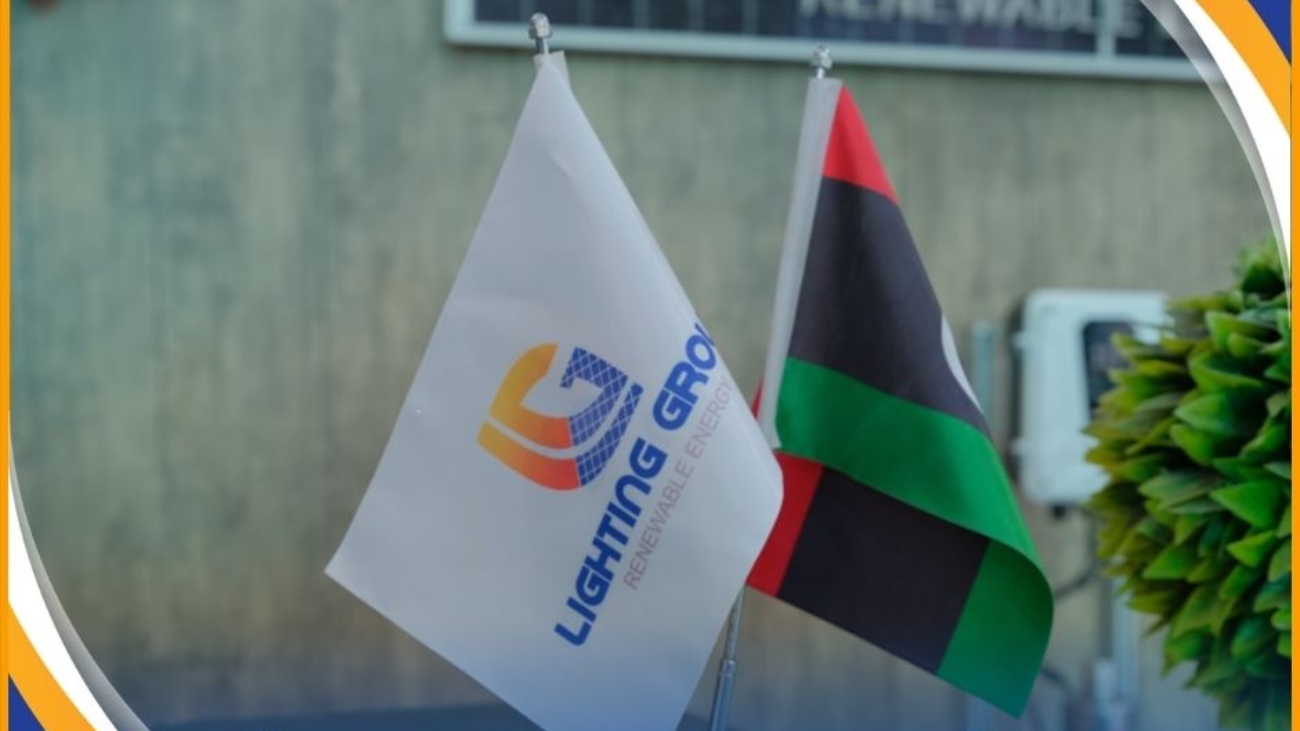The journey of solar technology began in the 1800s with less than one percent efficiency, rendering them impractical for energy use. It wasn’t until 1954, when Bell Labs invented the first useful silicon solar panel, achieving around six percent efficiency. Since then, solar photovoltaic (PV) technology has witnessed a remarkable evolution, bringing about higher efficiency rates and a significant reduction in costs.
Solar Panel Efficiency:
Solar panel efficiency measures the ability to convert sunlight into usable electricity. High-efficiency panels, now reaching over 30 percent efficiency, can produce 25 percent more electricity than their lower-tier counterparts. Researchers have even achieved an impressive 47.1 percent efficiency using advanced cell structures, although such super high-efficiency panels are currently not cost-effective due to the use of more expensive materials.
The Evolution of Efficiency:
The history of solar panel efficiency is marked by milestones:
Solar Panel Efficiency:
Solar panel efficiency measures the ability to convert sunlight into usable electricity. High-efficiency panels, now reaching over 30 percent efficiency, can produce 25 percent more electricity than their lower-tier counterparts. Researchers have even achieved an impressive 47.1 percent efficiency using advanced cell structures, although such super high-efficiency panels are currently not cost-effective due to the use of more expensive materials.
The Evolution of Efficiency:
The history of solar panel efficiency is marked by milestones:
- 1960: Hoffman Electric achieves 14% efficiency in PV cells.
- 1992: University of South Florida fabricates a 15.89% efficient thin-film cell.
- 2012: Solar Frontier reaches 17.8% efficiency.
- June 2015: First Solar breaks 18.2% efficiency.
- October 2015: SolarCity announces 22.04% efficiency, and Panasonic announces 22.5% efficiency.
- November 2015: SunPower achieves 22.8% efficiency, validated by the National Renewable Energy Laboratory (NREL).
- January 2016: NREL and the Swiss Center for Electronics and Microtechnology (CSEM) achieve 29.8% efficiency.
- July 2017: A group of U.S. scientists develops a prototype for a solar cell capable of 44.5% efficiency.
- April 2020: NREL researchers develop a six-junction III-V solar cell with 47.1% efficiency.
The Cost Factor:
Not only has solar panel efficiency increased, but the cost has also witnessed a dramatic decline. A decade ago, in 2009, solar panel installations cost $8.50 per watt. Today, with improved efficiency and manufacturing processes, the price has fallen significantly to just $2.77/watt, making solar energy more accessible and economically viable.
Conclusion:
The evolution of solar panel technology is a testament to human innovation and the growing importance of sustainable energy. From meager beginnings, solar panels have become more efficient and affordable, paving the way for a brighter, greener future. As technology continues to advance, the promise of even more efficient and cost-effective solar solutions beckons on the horizon.
Not only has solar panel efficiency increased, but the cost has also witnessed a dramatic decline. A decade ago, in 2009, solar panel installations cost $8.50 per watt. Today, with improved efficiency and manufacturing processes, the price has fallen significantly to just $2.77/watt, making solar energy more accessible and economically viable.
Conclusion:
The evolution of solar panel technology is a testament to human innovation and the growing importance of sustainable energy. From meager beginnings, solar panels have become more efficient and affordable, paving the way for a brighter, greener future. As technology continues to advance, the promise of even more efficient and cost-effective solar solutions beckons on the horizon.


